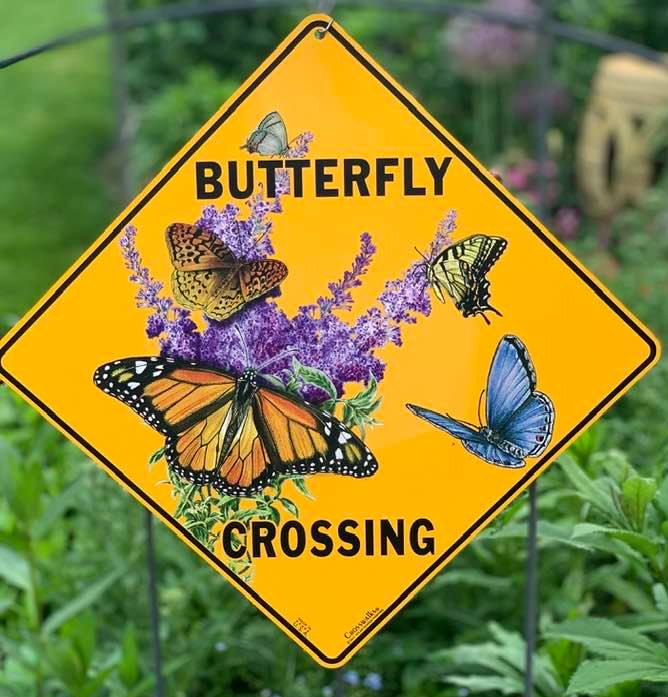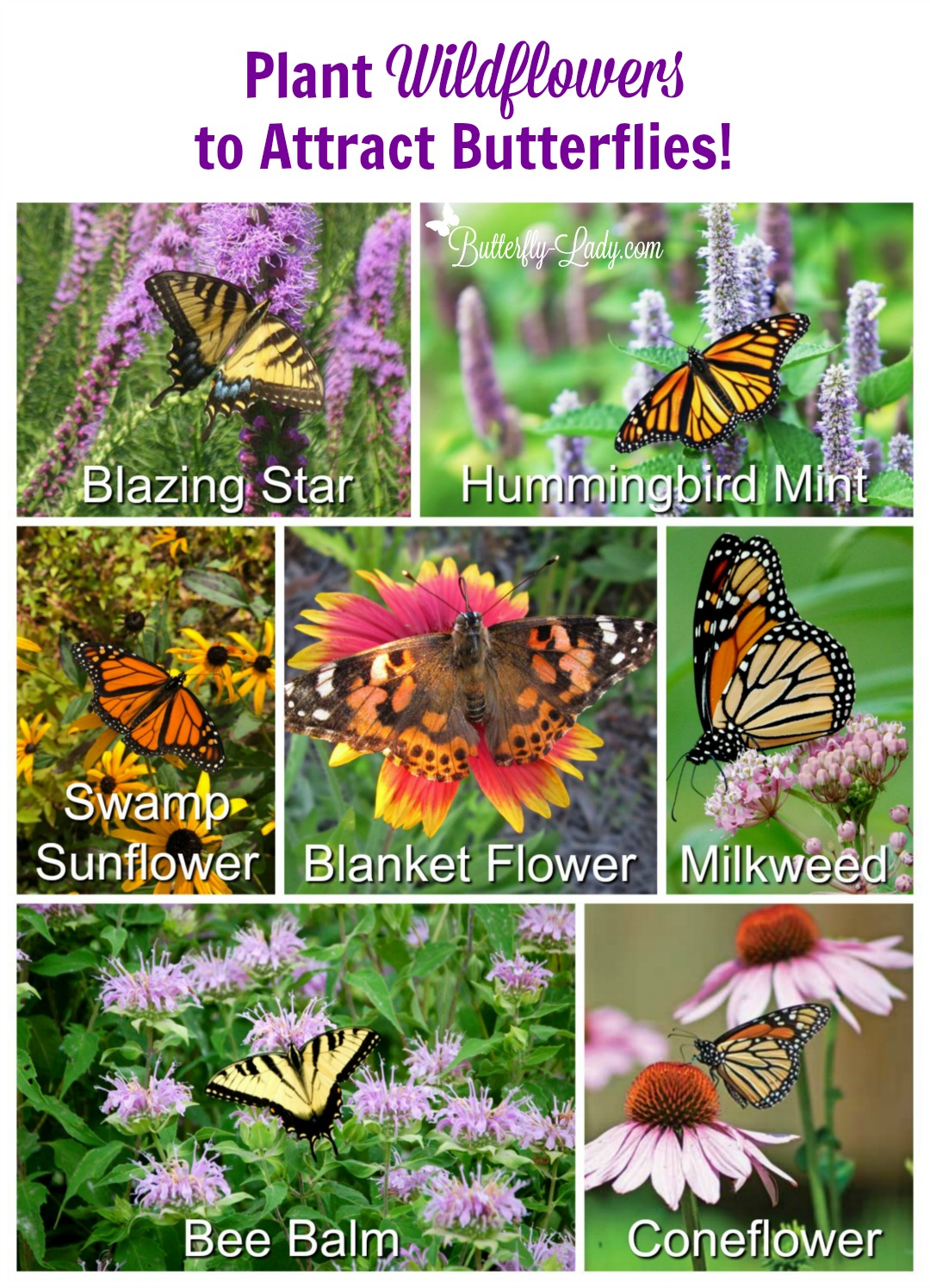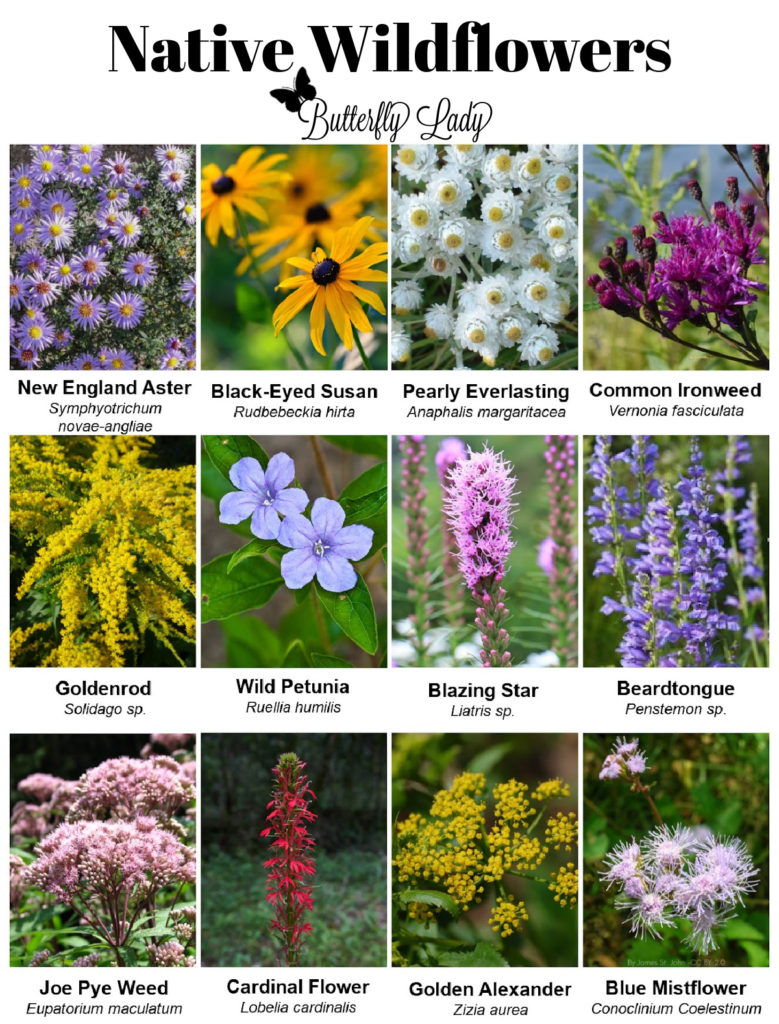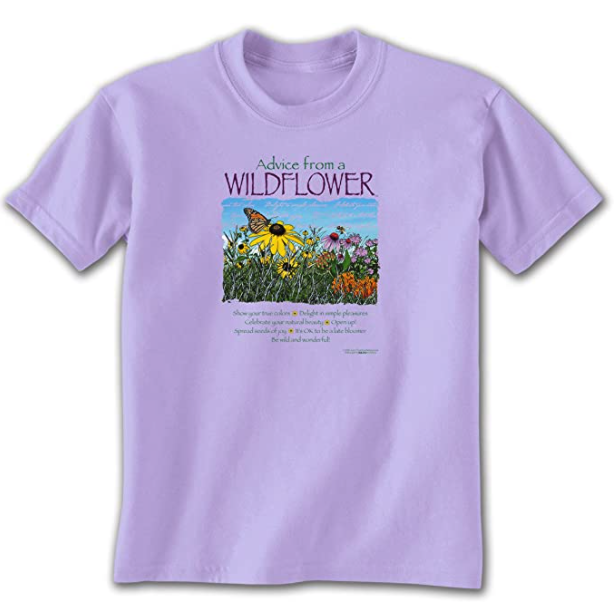I’m often asked, “How do I start a butterfly garden?” and, “How can I get butterflies to come to my garden?” or, “I have lots of flowers, but why do I never see any butterflies?”
Attracting butterflies to your garden is actually quite easy. Below are ten principles to consider as you begin to plan your butterfly garden.
1. Don’t use pesticides! Yes, that means you are going to have bugs. If you don’t want bugs, then you don’t want butterflies. After all, a butterfly is a bug. Pesticides are the number-one killer of not only butterflies but also bees, moths, and other pollinators. Learn to live with the insects. Every insect serves a purpose and is part of the habitat you’re trying to create for the butterflies.

2. Plant your garden in a sunny location. It sounds simple but you would be surprised how many butterfly gardens I see that have been planted in the shade. While it is certainly OK to have some of the garden in shade or to have shade during part of the day, you will have more success if the majority of the plants are in the sun. Remember, butterflies need the warmth of the sun to be able to fly. Also, flowers need the warm sun to produce nectar.
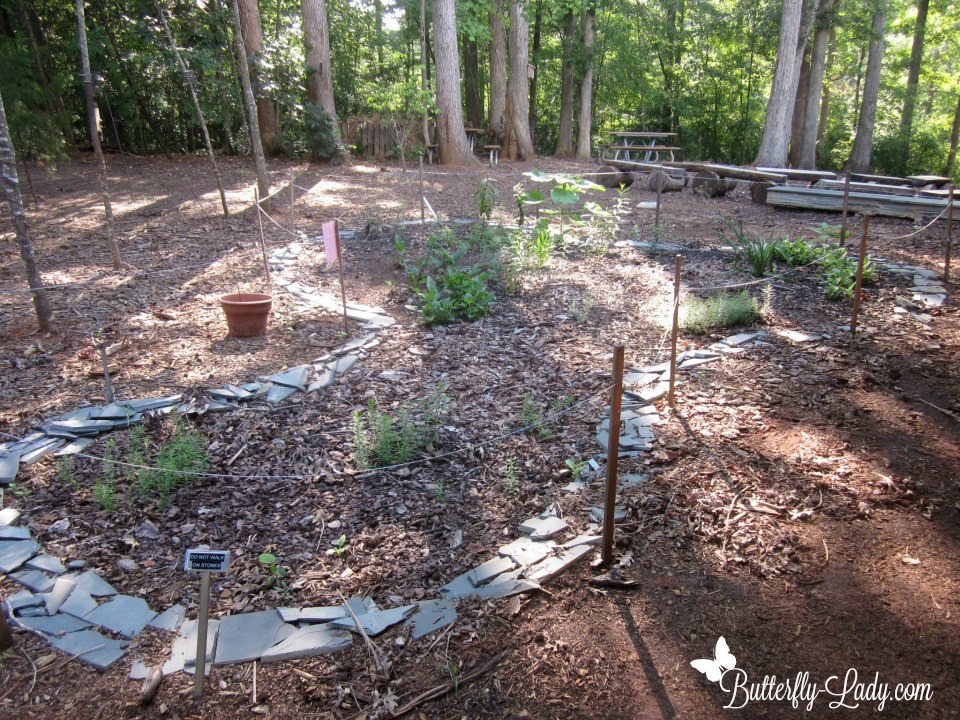
3. Plant host plants! Host plants are those plants butterflies lay their eggs on. If you do not have host plants in your garden, butterflies may come to visit the flowers for nectar, but then they will leave. Female butterflies have hundreds of eggs to lay. If you have lots of host plants, you will have lots of butterflies. Yes, the plant will get eaten and look awful and scraggly once eaten by a caterpillar. An amazing thing happens though when you trim that plant. It grows back! And this time the plant is even bigger and bushier. (More places for the butterfly to lay eggs and more food for caterpillars.)
The most important host plant you can have in your garden is of course milkweed!
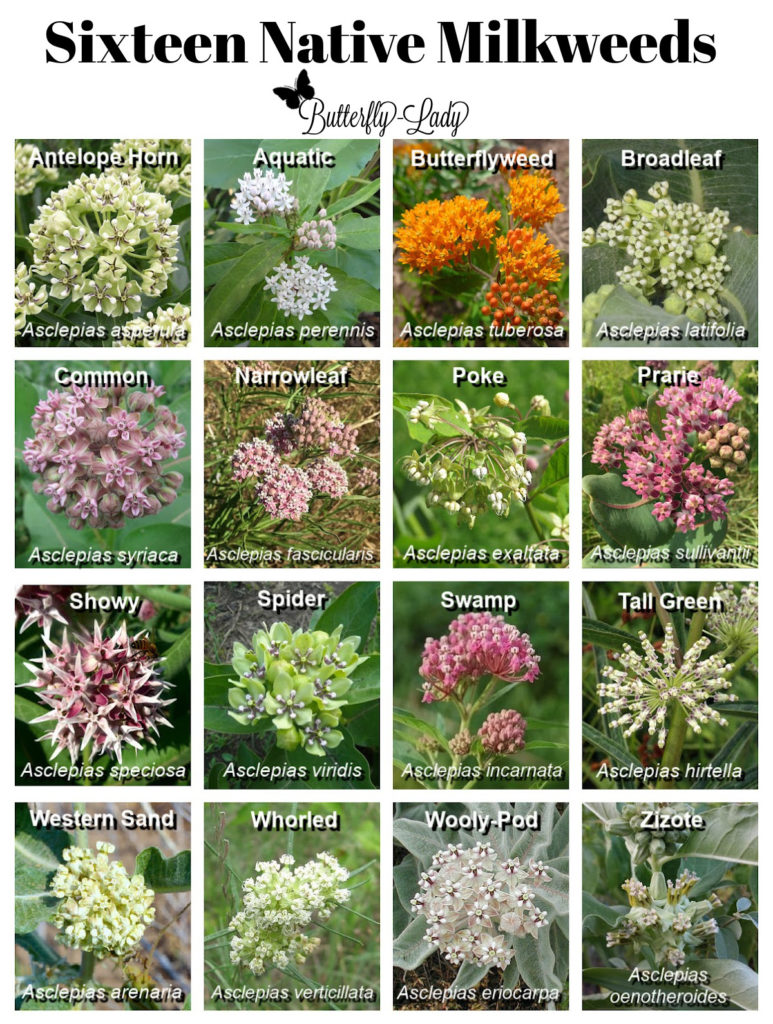
You cannot have a butterfly without the caterpillar and you cannot have the caterpillar without that host plant. So plant lots of host plants. You can never have too, many.
4. Plant nectar plants. You need to realize that not all flowers provide nectar for butterflies. While roses are quite beautiful, they do not provide nectar for butterflies. Also, many of the beautiful colorful flowers you find at the plant shops are just that, pretty. They have been cultivated to have lots of colorful blooms and in so doing have lost their ability to provide tasty nectar through the hybridization process.
A great way to determine in the plant nursery as to whether a particular bloom will have sweet nectar for butterflies and hummingbirds is to observe whether bees are visiting the plant to extract nectar. If so, you have a winner.

Annuals not only bring color and excitement to summer gardens but provide lots more pollen and nectar sources to attract many butterflies, hummingbirds, and bees to your garden.

5. Cluster the same species of plants together in groups of three or more to make it easier for the butterflies to find the plants. If you plant just one milkweed plant among other plants the butterfly might never find it. Remember that butterflies use visual clues, colors, and shapes, then smell clues to find the flowers they want to nectar on. Also, planting in clusters of 3, 5, 7, 9… makes the garden more aesthetically pleasing.
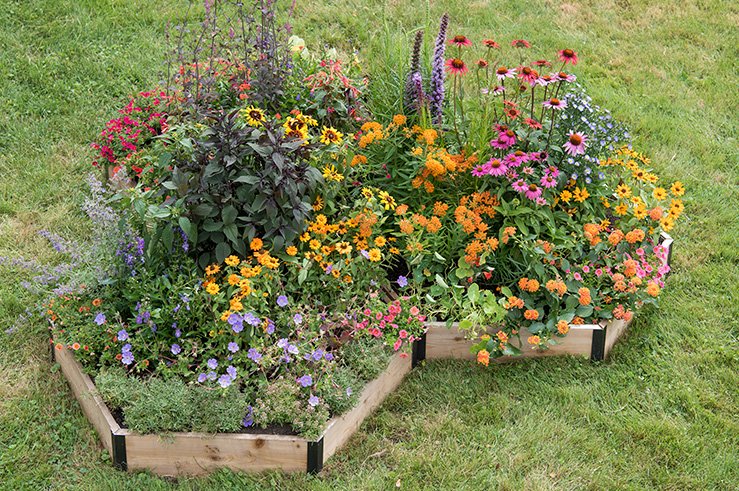
6. Plant a variety of flowers with different heights, colors, and blooming seasons. Pollinators vary in their preference for flower shape (bowl-shaped, flat-topped, tubular, etc.) and color, so include a variety of both in your landscape.

7. Provide a wet area for the butterflies. Many species of male butterflies need to feed on salts and minerals in order to reproduce. They absorb these nutrients from damp sand, dirt, and mulch.
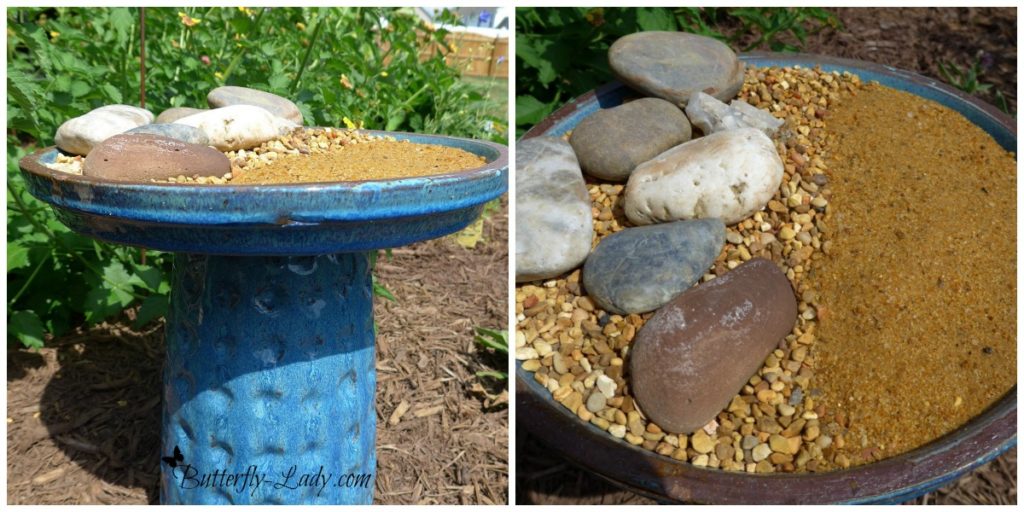
8. Add a fruit feeder to your butterfly garden. Rotten fruit can help attract butterflies. Many butterflies do not live on flower nectar alone. Some species prefer, even require, overripe fruit to feed on. Butterflies are particularly fond of sliced, rotting oranges, grapefruit, strawberries, peaches, nectarines, apples, and bananas. For ideas on how to add a fruit feeder to your garden, click here: http://butterfly-lady.com/butterflies-and-fruit/

9. Weeds are good. Many species of butterflies feed on various grasses, clover, dandelions, and other so-called “weeds.” A chemical-lawn monoculture is not good if you want more butterflies. If you can’t get rid of the crabgrass and Bermuda grass that take over your garden, you can tell folks that you left them there for the butterflies! You can also leave a section of your yard unmowed. This is especially important in the early spring since “weeds” are some of the only flowers that are in bloom.
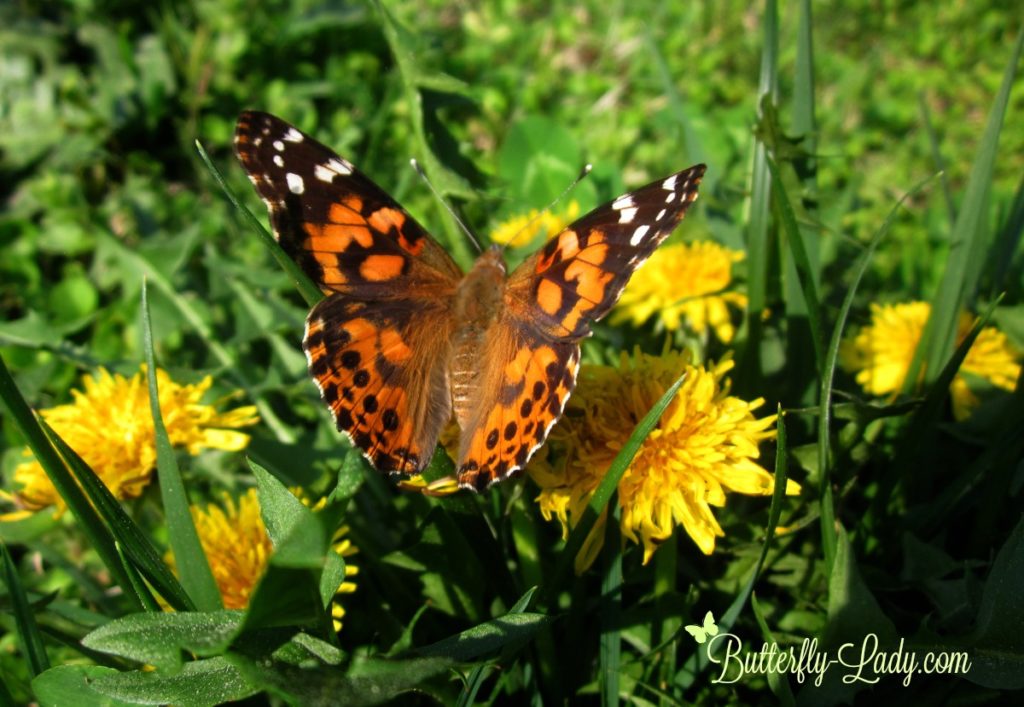
10. Learn about the different species of butterflies in your area. This will help you identify the visitors to your garden. There are many different websites and books that can help you.

Please note, you may have seen wooden butterfly houses placed inside butterfly gardens. They DO NOT attract butterflies, only wasps, and spiders. They are colorful, though, and can be used as garden art, if you desire.

